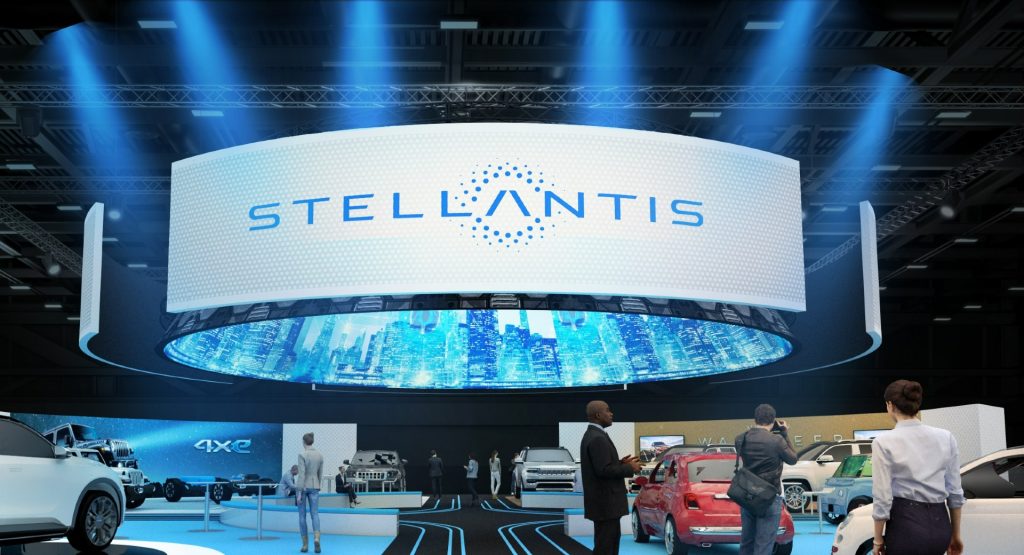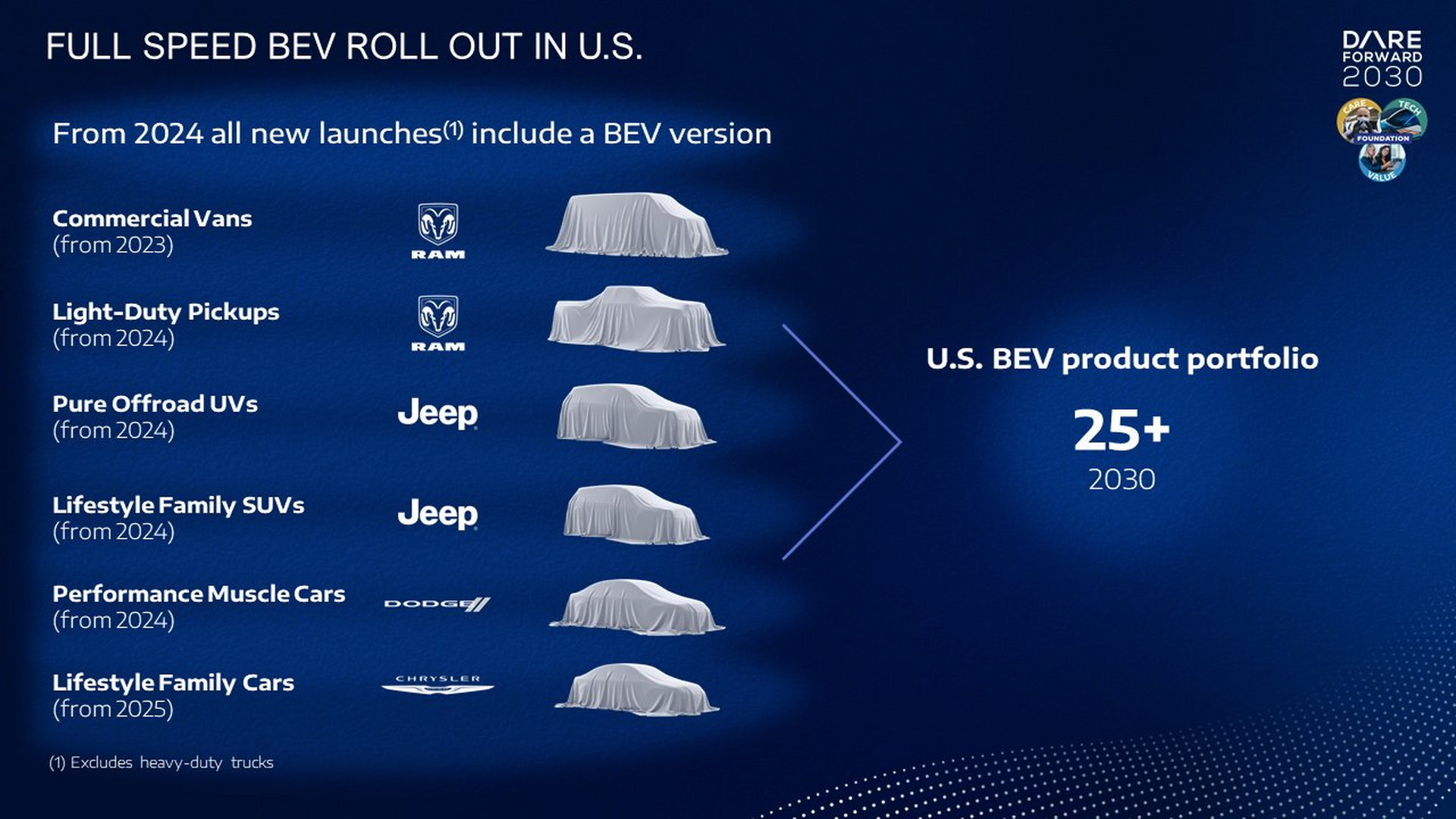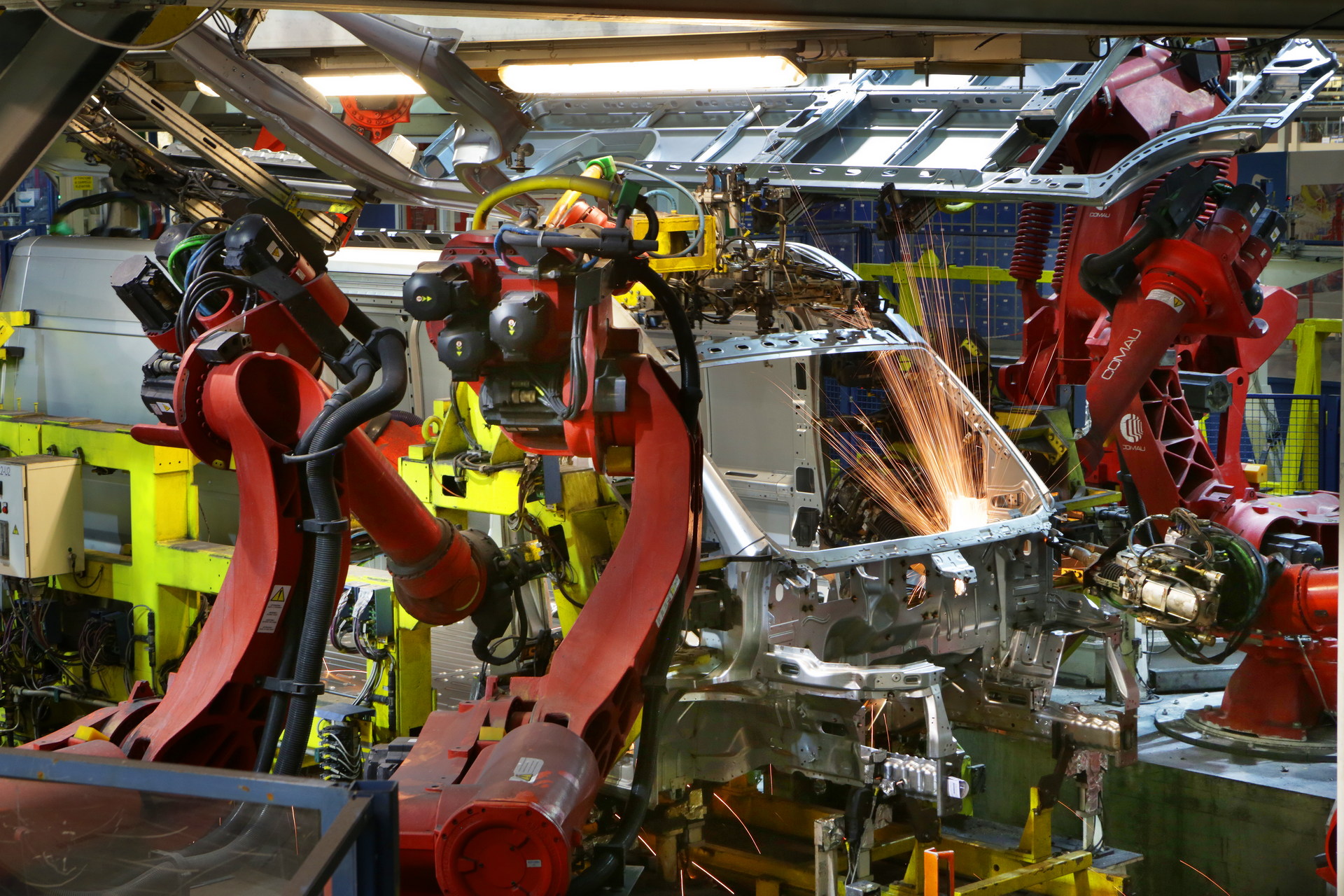Stellantis doesn’t have any plans to split its electric vehicle business from its ICE business, despite some of its rivals doing just that or thinking about such a move.
While recently speaking with analysts, Stellantis chief financial officer Richard Palmer said he did not see any big benefits that could come from splitting off the company’s EV business in a move that could mimic Ford’s.
“We need to manage the company and the assets we have through this transition,” he said. “There are benefits to having the cash flow being generated by the internal combustion business for the investments we need to make.”
Read Also: Stellantis Will Go All Electric In Europe By 2030, Offer More Than 75 Different EVs Globally
From a financial perspective, things are certainly looking good for Stellantis. Revenues rose by 12 per cent to 41.5 billion euros ($44.1 billion) in the January-March period. This spike in revenues came despite shipment figures falling by 12 per cent due to the ongoing semiconductor shortage and was achieved through strong pricing and the type of vehicles that Stellantis sold.
“A 12% increase in revenue with a 12% decrease in volumes indicates a very strong performance on price and mix, which augurs well for our margin performance,” Palmer noted to Reuters.
Stellantis announced its ‘Dare Forward 2030’ strategic plan at the start of March. This plan will see all of the automaker’s brands transition to all-electric fleets in Europe by 2030 and by the end of the decade, Stellantis plans to be selling at least 5 million EVs annually. The company also wants to become carbon neutral by 2038.
Among the new EVs developed by Stellantis are an all-electric Jeep that will launch in 2023, the RamProMaster electric commercial van in 2023 and the Ram 1500 BEV pickup scheduled for 2024. In total, Stellantis will introduce over 75 electric vehicles by 2030, including more than 25 electric cars and trucks for the U.S. market.





